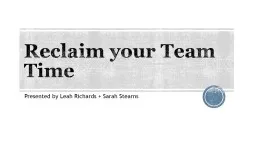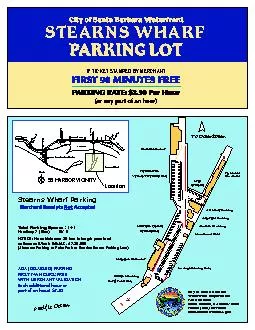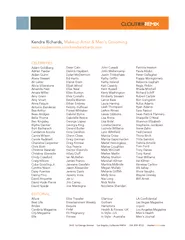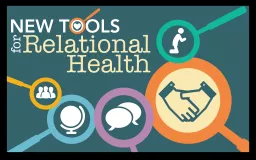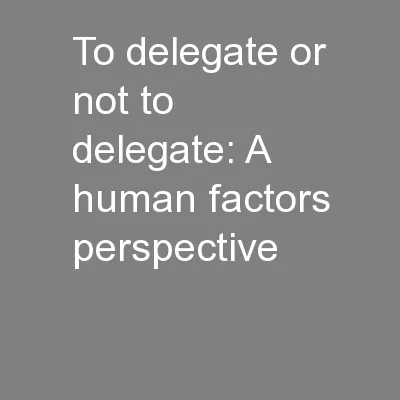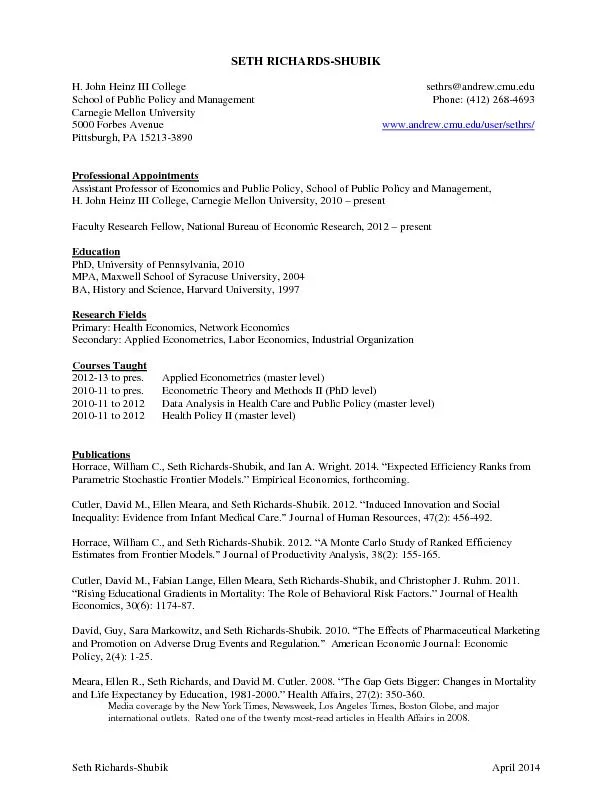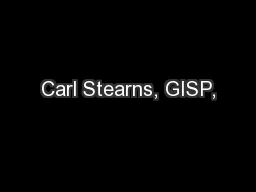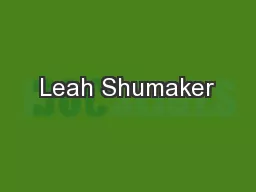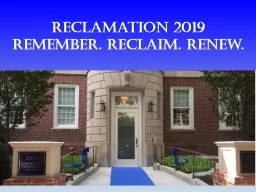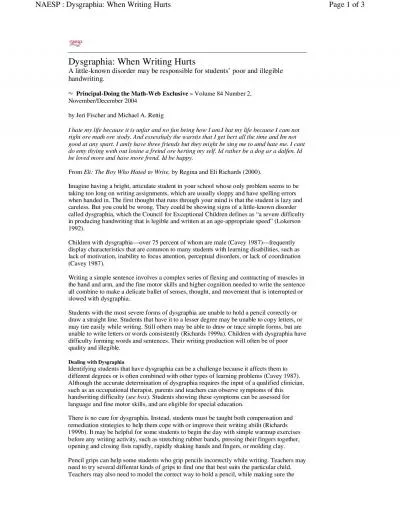PPT-Reclaim your Team Time Presented by Leah Richards Sarah Stearns
Author : lois-ondreau | Published Date : 2018-09-19
Our institution Private nonprofit 3000 students on campus where we work traditional campus Campus majors in Business Arts amp Sciences Education Engineering
Presentation Embed Code
Download Presentation
Download Presentation The PPT/PDF document "Reclaim your Team Time Presented by Leah..." is the property of its rightful owner. Permission is granted to download and print the materials on this website for personal, non-commercial use only, and to display it on your personal computer provided you do not modify the materials and that you retain all copyright notices contained in the materials. By downloading content from our website, you accept the terms of this agreement.
Reclaim your Team Time Presented by Leah Richards Sarah Stearns: Transcript
Download Rules Of Document
"Reclaim your Team Time Presented by Leah Richards Sarah Stearns"The content belongs to its owner. You may download and print it for personal use, without modification, and keep all copyright notices. By downloading, you agree to these terms.
Related Documents

